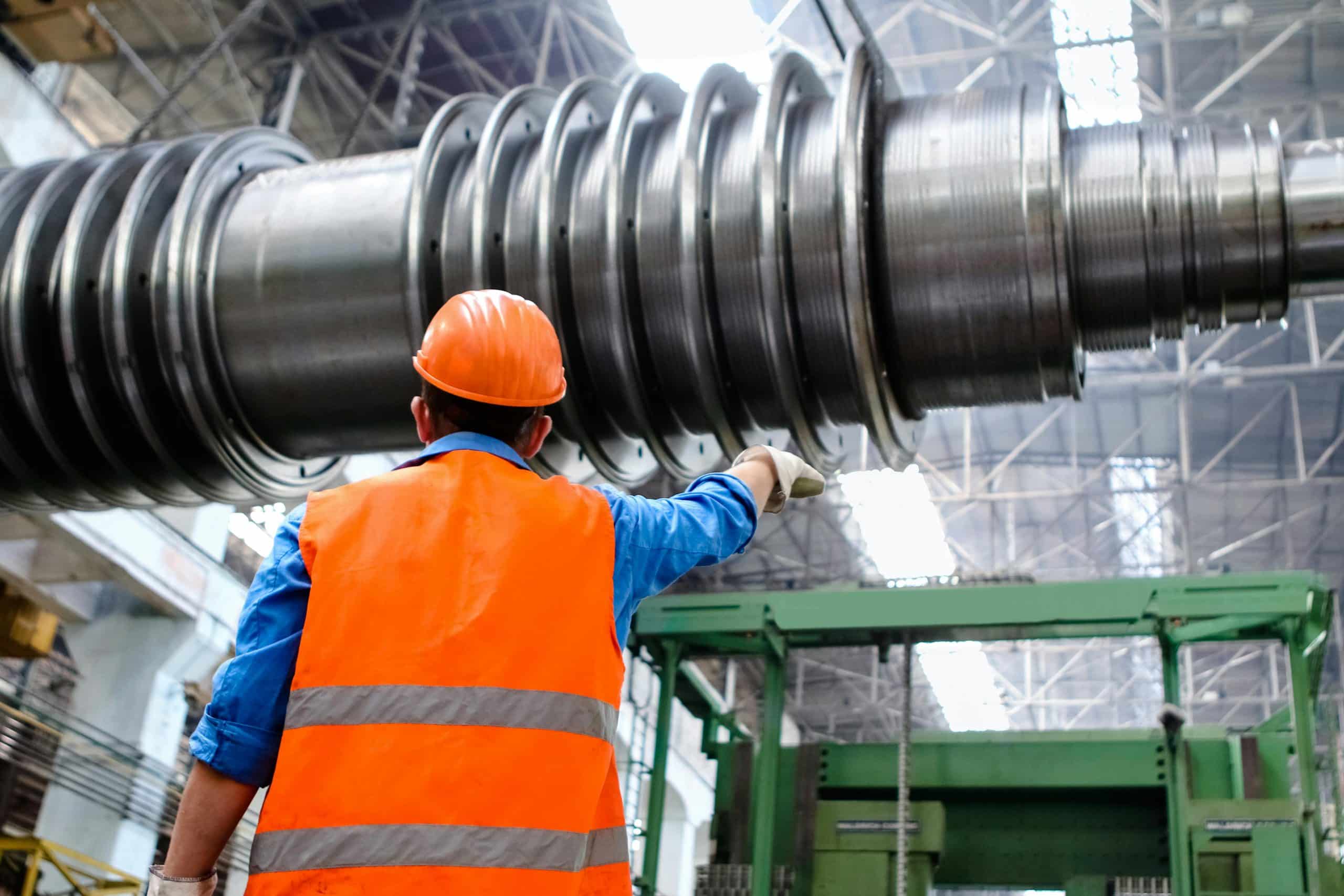The manufacturing industry in the UK is in the midst of a seismic shift. This transformation is driven by Artificial Intelligence (AI), which is revolutionising numerous sectors. One area of particular interest is predictive maintenance, where AI is making significant strides. Today, we delve into the advances in AI for predictive maintenance in UK manufacturing.
AI and Predictive Maintenance: An Emerging Symbiosis
Predictive maintenance is a proactive approach that anticipates equipment failures before they occur. It leverages data analysis, machine learning and other AI technologies to predict when an equipment might fail. This foresight can prevent catastrophic equipment breakdowns, improve production efficiency and enhance overall quality management.
Also read : Rent a boat in St. Barts made easy
AI’s ability to learn and adapt opens up new possibilities in predictive maintenance. Machine learning, a subset of AI, excels in identifying patterns in large volumes of data. These patterns can reveal subtle signals of potential equipment failure, which humans may overlook. Here, we explore AI’s contribution to predictive maintenance systems in the manufacturing industry.
AI: The Data Driven Predictive Maintenance Approach
Data plays a crucial role in predictive maintenance. AI-powered systems can analyse vast amounts of real-time data from a variety of sources, such as equipment sensors, manufacturing systems, and production quality data. This data-based approach allows for a more accurate prediction of potential failures, enhancing the effectiveness of maintenance planning.
Also to read : How Can Blockchain Technology Ensure Food Traceability in the UK Supply Chain?
AI’s data prowess goes beyond pure volume. AI algorithms can also handle a wide range of data types, such as structured data (e.g. numerical data in databases) and unstructured data (e.g. text in maintenance records). The ability to analyse diverse data types enables AI models to provide a holistic view of equipment health.
Enhancing Production Efficiency with Machine Learning
Machine learning algorithms can predict equipment failure by learning from historical data. These algorithms identify patterns and trends in past equipment performance data, enabling them to predict future behaviour. This predictive capability makes machine learning an essential tool in the arsenal of predictive maintenance.
AI-powered predictive maintenance systems can forecast when a piece of equipment is likely to fail, enabling manufacturers to schedule maintenance in advance. This proactive approach can reduce downtime, thus enhancing production efficiency. Moreover, it can also prevent unnecessary maintenance, saving both time and resources.
Quality Management and AI-Driven Predictive Maintenance
AI-driven predictive maintenance systems can significantly improve quality management in manufacturing. These systems can detect minor anomalies in equipment behaviour before they escalate into major issues, ensuring consistent product quality.
For instance, in a production line, any slight variation in machine performance can affect the quality of the end product. AI-powered systems can detect these nuances, allowing for timely interventions. As a result, manufacturers can maintain a high level of product quality, meeting the industry and customer expectations.
Real-Time Analytics and AI
Real-time analytics is another area where AI is transforming predictive maintenance. AI-powered systems can perform real-time data analysis, providing instant insights into equipment performance. This capability allows manufacturers to react swiftly to any changes in equipment behaviour, furthering the cause of predictive maintenance.
For example, if AI detects a sudden drop in the efficiency of a machine, it can alert the maintenance team immediately. The team can then investigate the issue, possibly averting a major equipment failure.
Demand-Based Maintenance Planning with AI
AI can also support demand-based maintenance planning. It can analyse data related to production demand and equipment utilisation patterns. These insights can help manufacturers align their maintenance schedules with production needs, thus optimising resource allocation.
In conclusion, AI is a game-changer in predictive maintenance. Its data handling capabilities, machine learning algorithms, and real-time analytics are revolutionising predictive maintenance systems. In the competitive world of manufacturing, where efficiency and quality are paramount, AI’s contribution to predictive maintenance is indeed a boon.
Deep Learning and Predictive Maintenance: A New Frontier
Deep learning, a more sophisticated subset of machine learning, is offering even greater promise in the realm of predictive maintenance. Unlike traditional machine learning methods, deep learning algorithms can process complex, multi-dimensional data sets with a high degree of accuracy—enabling them to detect more nuanced patterns, often missed by humans or other AI technologies.
In the context of predictive maintenance, deep learning can analyse large amounts of real-time data from multiple sources. This could include data from machine sensors, order management systems, and quality control records. By processing this diverse and voluminous data, deep learning models can predict potential failures with remarkable accuracy, allowing for more efficient and targeted maintenance planning.
Deep learning also excels in processing unstructured data, such as text from maintenance records or images from visual inspections. For instance, deep learning algorithms can analyse images of machine parts to detect signs of wear and tear. This ability to interpret and analyse visual data adds another layer to the predictive maintenance capabilities of AI.
Moreover, deep learning can support predictive analytics within the larger context of the supply chain, supporting decision making and demand forecasting. By interpreting complex data patterns, deep learning can provide insights into future demand trends, enabling manufacturers to adapt their maintenance schedules according to anticipated production needs—thus enhancing operational efficiency.
Shop Floor Management: Leveraging AI for Enhanced Control
Shop floor management is a critical aspect of the manufacturing process, dealing with the direct management of all activities happening on the shop floor. It includes the responsibility of ensuring efficient and effective production processes. And in this arena too, AI is making significant strides.
AI can provide real-time insights into shop floor activities, enabling managers to monitor operational efficiency closely. It can help identify bottlenecks in the production process and suggest corrective measures. AI can also predict potential issues that could impact order fulfillment—be it equipment malfunction, quality issues or supply chain disruptions.
For instance, AI can analyse real-time data from equipment sensors to monitor the health of the machines used on the shop floor. If it detects any anomalies, it can alert the maintenance team immediately. This prompt action can prevent equipment breakdowns, ensuring that the production process remains uninterrupted.
Moreover, AI can support decision-making in shop floor management by providing predictive analytics. These analytics can inform scheduling, resource allocation, and demand forecasting, thus optimising the overall management of the shop floor.
In essence, AI is significantly improving shop floor management, ensuring smooth order fulfillment and increasing operational efficiency—which in turn, enhances the overall performance of the manufacturing industry.
Conclusion: The Future of Predictive Maintenance with AI
In conclusion, AI is revolutionising the landscape of predictive maintenance in the UK manufacturing industry. Its ability to analyse vast amounts of real-time data, coupled with its machine learning and deep learning capabilities, is transforming the way manufacturers approach maintenance planning.
AI’s role in enhancing quality control, improving shop floor management, and supporting demand forecasting is indeed a major leap forward. These advances not only improve operational efficiency but also have far-reaching implications for supply chain management and order fulfillment.
As we move forward, it is likely that we will witness an even greater symbiosis between AI and predictive maintenance. The potential is vast—from more sophisticated data analytics to more nuanced decision-making capabilities.
In the wake of these advancements, the manufacturing industry must adapt and evolve. Those who embrace these changes will be better equipped to meet the challenges of the future, ensuring their survival in a competitive marketplace. The future of predictive maintenance lies in AI, and the future is now.






